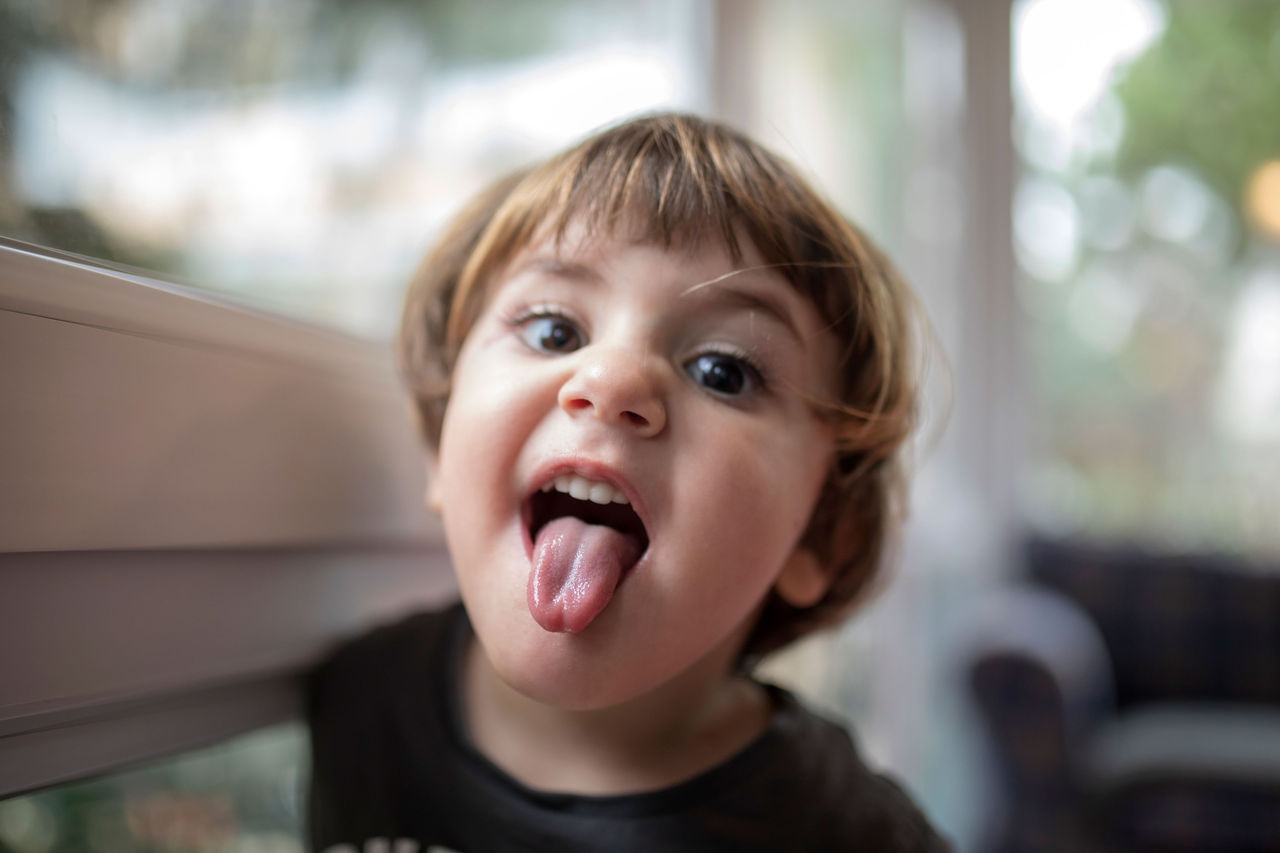Did you blink and suddenly your babbling, cooing baby turned into a curious, independent toddler? As your little one reaches new milestones, their brains and bodies are rapidly changing, which causes new behaviors to emerge like tantrums and defiance. We’ve all heard about the “terrible twos,” but what’s actually happening and how can you help your child through some of the challenges?
When do the Terrible Twos Start & End?
The name “terrible twos” can be misleading, as signs of the terrible twos usually begin when your child is around 18 months old. When do terrible twos end? It depends on the child, but these behaviors, from increased irritability to tantrums, impulsivity and power struggles can continue up until around age four.
The Developmental Stage
Frustrating and dumbfounding as it can be to see your cuddly child turn to tantrums overnight, rest assured that this behavior is a part of normal development. At this age, toddlers are developing new gross and fine motor skills like climbing, jumping, scribbling and stacking blocks. They crave independence and are beginning to understand rules and limitations, but they lack the communication skills needed to fully express their thoughts and feelings. This leads to tantrums and other physical and emotional outbursts characteristic of this developmental stage.
Typical Behavior During the Terrible Twos
Terrible twos behavior can run the gamut from yelling to kicking, screaming and tantruming. Your child might latch onto the word “no,” arguing with you for no apparent reason. Similarly, they might behave impulsively, refuse to share with others and engage in power struggles with you. Tantrums will happen when your toddler is overtired, hungry or doesn’t get their way. Your child might also refuse to follow directions and not respond to reasonable requests or rules.
How to deal with the Terrible Twos
What can be done to help minimize the challenging behaviors that occur during the terrible twos? Consistency is key! A consistent sleep schedule, consistent mealtimes and consistent responses to behaviors will help set you and your toddler up for smooth transitions throughout the day. Ultimately, the terrible twos will likely require a mix of consistent positive parenting strategies and boundaries that will provide your little one with a stable environment where they can feel safe, learn and grow.
Positive Parenting Strategies
Positive parenting strategies are a great way to encourage more desired behaviors from your child. Balancing structure and consistency while encouraging their desire for independence can also help your child feel encouraged and supported.
Praise good behavior. Take the time to praise your child when they behave well, like remembering to say please and thank you, or follow the rules.
Offer choices. Giving your child choices (or the appearance of choice) is super helpful in this independent phase. Keep the choices simple. “Do you want to wear the red shirt or blue shirt?” “Would you like me to carry you or hold your hand as we cross the street?” By offering choices you give your child a voice, and by keeping choices simple you can help prevent tantrums that happen when children feel overwhelmed.
When/then statements. Your toddler understands a lot and they don’t like to hear the word, “no.” Get creative in your approach. If they really want to go to the park, but refuse to put shoes on, instead of saying, “We can’t go to the park until you put on shoes” rephrase it. “When you put your shoes on then we can go to the park.”
Consequences
Setting clear and consistent boundaries and expectations will give your toddler the structure they need, but rules only work if you hold your child to them.
Allow for natural consequences. Natural consequences occur without caregiver intervention. For instance, your child refuses to wear their raincoat and they end up getting wet, which they don’t particularly enjoy. If this happens, meet them with empathy (not “I told you so”). Natural consequences allow children to learn from the experience and helps them develop intrinsic motivation, autonomy and resilience.
Redirect behavior. Some behaviors don’t warrant natural consequences like if your toddler is kicking their friend. This behavior requires physical redirection by removing your child from the situation. Explain that it’s not nice to kick others, that it hurts and you won’t let your child kick their friend. Offer an alternative like kicking a ball.
When to Seek Help
Give yourself and your child some grace during this huge developmental leap, it’s challenging for both of you and you won’t always have a perfect answer for each behavior. As you watch your child grow through this phase, look out for certain warning signs that their behavior may be more than just the terrible twos. If your child becomes extremely aggressive, hurts themselves or grows withdrawn and stops seeking attention, talk to your pediatrician. Finally, you, just like your child, are not on your own. Don’t hesitate to reach out for help from your support system, like family, friends, teachers and other caregivers.




